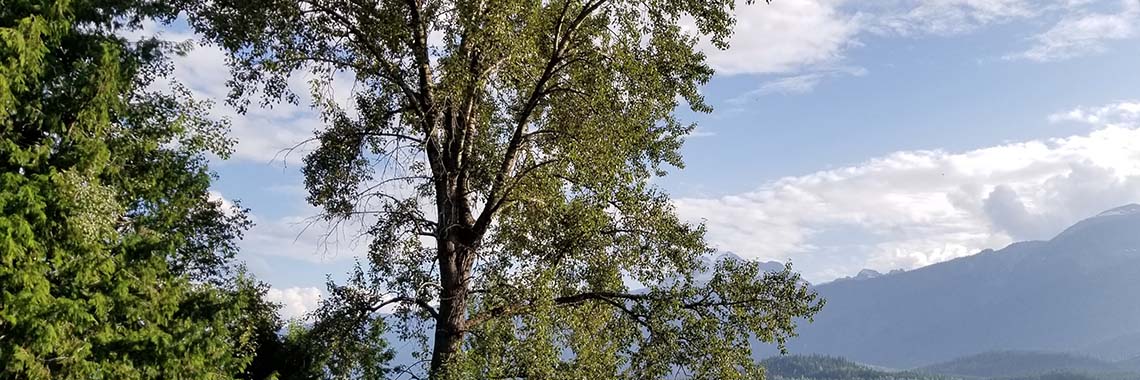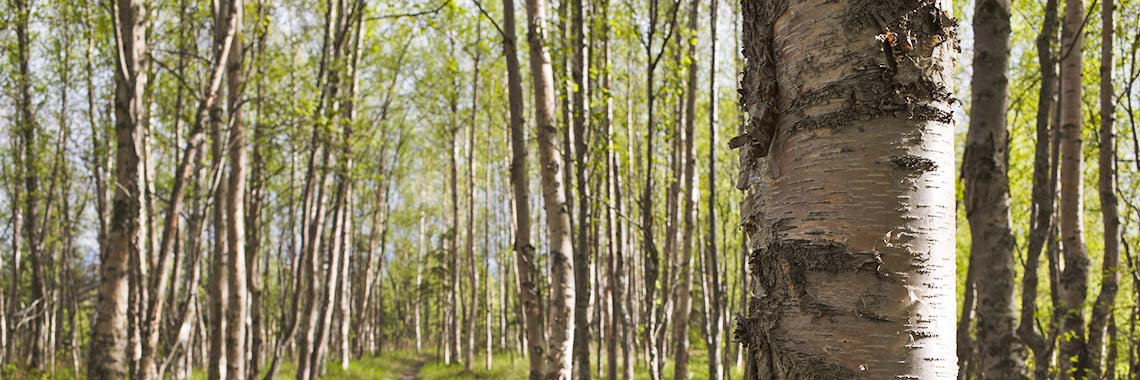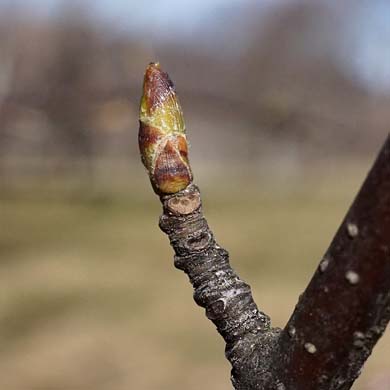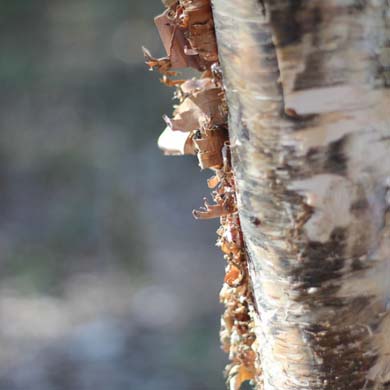
Low elevation broadleaf trees
Glacier National Park
At low elevations you can find pockets of deciduous or broadleaf trees, especially in open sunny areas and on south facing slopes. They are often the first species to grow after a disturbance, such as wildfire. Mountain ash (with clusters of red berries) and Douglas maple (with leaves shaped like that on the Canadian flag) are better at growing in the shade, and can be found under the canopy of taller trees. All of these can be found on the lower flanks of Mount Revelstoke in the Nels Nelsen area and in the Beaver Valley in Glacier National Park.
Black cottonwood (Populus trichocarpa)
These popular trees are easily recognizable in the spring. With their propeller shaped, sticky, sweet smelling buds that glue themselves to anything they touch. The seed pods later split into three parts and release fluffy ‘cotton’ seeds that often make it look like it’s snowing in June! Their thick heart shaped leaves are pale underneath and the bark of a mature cottonwood has deep, vertical grooves. The black cottonwood grows best at low - mid elevations.
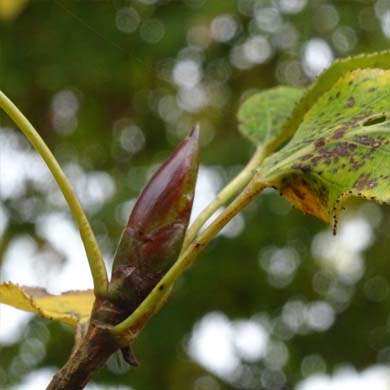
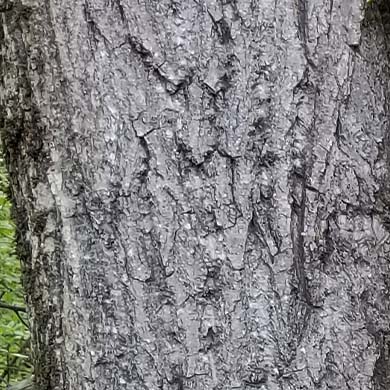
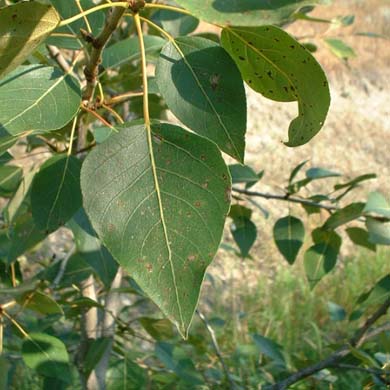
Paper birch (Betula papyrifera)
The paper birch is easily confused with its low elevation friend, the trembling aspen, but once you’ve learned their differences you can easily tell who’s who! The leaves on the birch are oblong and have a pointed tip along with a jagged edge. Birch bark is white because it contains betulinic acid, which has shown potential in treating skin cancer, and may be added to sunscreens. Indigenous people in the region have used birch bark to make baskets, canoes, baby cradles, toboggans, soap, shampoo and have used birch sap as a tonic. The trees can be tapped for syrup like maple trees. Paper birch trees tend to grow at low to mid elevations.
Trembling aspen (Populus tremuloides)
Entire stands of aspen are one organism, all connected underground to one parent root. In the fall, you can tell which trees are connected as all the leaves change colour at the same time. This aspen’s leaves are rounded, with a pointed tip and wavy leaf edges that “tremble” in the slightest breeze. The thin white bark is covered in a powder that acts as a natural sunscreen for the tree. Aspens grow at low to mid elevations, and especially like areas that have been recently burned by wildfire.
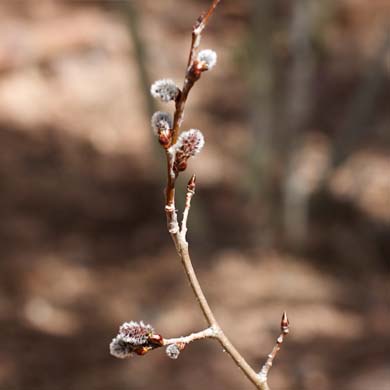
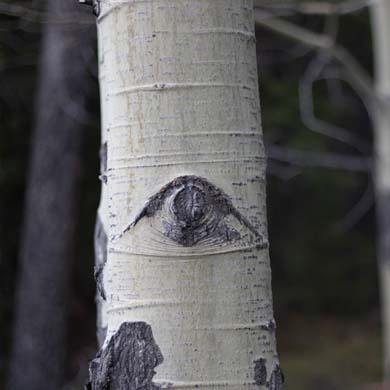
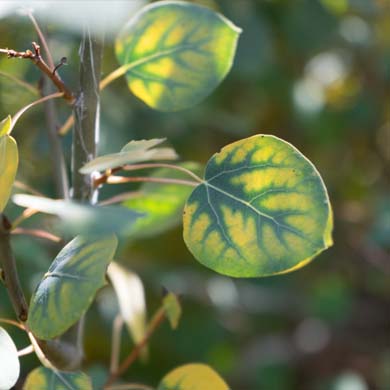
Related links
- Date modified :
